
Prince Guillaume, Hereditary Grand Duke of Luxembourg, is the heir apparent to the crown of Luxembourg since his father's accession in 2000.

Prince Félix of Luxembourg, Prince of Bourbon-Parma and Prince of Nassau is the second son of Henri, Grand Duke of Luxembourg, and Maria Teresa, Grand Duchess of Luxembourg. He is currently fourth in the line of succession of Luxembourg.
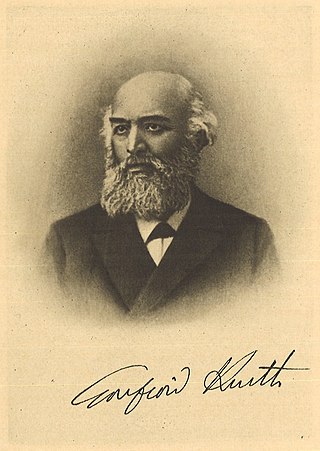
Godefroid Kurth (1847–1916) was a celebrated Belgian historian and pioneering Christian democrat. He is known for his histories of the city of Liège in the Middle Ages and of Belgium, his Catholic account of the formation of modern Europe in Les Origines de la civilisation moderne, and his defence of the medieval guild system.

Alexandre Brongniart was a French chemist, mineralogist, geologist, paleontologist, and zoologist, who collaborated with Georges Cuvier on a study of the geology of the region around Paris. Observing fossil content as well as lithology in sequences, he classified Tertiary formations and was responsible for defining 19th century geological studies as a subject of science by assembling observations and classifications.
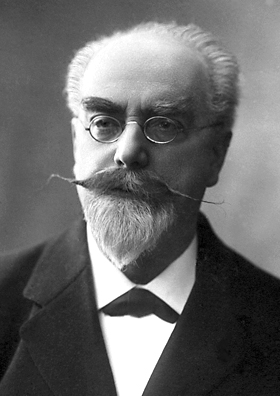
Jonas Ferdinand Gabriel Lippmann was a Franco-Luxembourgish physicist and inventor, and Nobel laureate in physics for his method of reproducing colours photographically based on the phenomenon of interference. His parents were French Jews.

Prince Sébastien of Luxembourg, Prince of Bourbon-Parma and Prince of Nassau is the fifth and youngest child of Henri, Grand Duke of Luxembourg, and Maria Teresa, Grand Duchess of Luxembourg.
From the seventeenth century to the early part of the twentieth century, artistic production in France was controlled by artistic academies which organized official exhibitions called salons. In France, academies are institutions and learned societies which monitor, foster, critique and protect French cultural production.
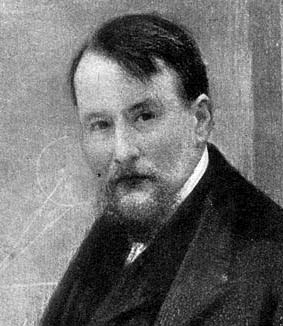
Paul Matthieu Hermann Laurent was a French mathematician. Despite his large body of works, Laurent series expansions for complex functions were not named after him, but after Pierre Alphonse Laurent.

The Codex Mariendalenis is a manuscript on vellum containing the epic poem Yolanda vu Veianen or Yolanda of Vianden. It is believed to be the work of Brother Hermann von Veldenz who probably wrote the story of Yolanda's life in 1290 after her death in 1283. The work consists of 5,963 lines of rhyming couplets in Moselle Franconian which bears close similarities to today's Luxembourgish. It is therefore of particular interest to those tracing the history of the Luxembourgish language.
The Royal Academy for Overseas Sciences or RAOS is a Belgian federal academy that contributes to the progress of scientific knowledge about overseas regions. It is located in Uccle, Brussels and is one of Belgium's numerous academies.
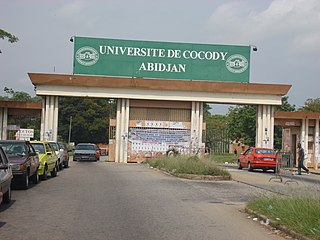
Université Félix Houphouët-Boigny (UFHB) is an institution of higher education located in the Cocody section of Abidjan and the largest in Côte d'Ivoire. With over 50,000 students, the UFHB has 13 faculties and several research centers providing diplomas from two-year undergraduate to professional academic, medical, legal, and specialist degrees. From 1964 to 1996, it remained the main campus of the national University of Abidjan system. It is state owned and operated by the Ministry of Higher Education and Scientific Research. In 2008, it had 53,700 students.

Léopold Reichling was a Luxembourg biologist and naturalist.

Michel Mimran is a French architect, artist and member of the artistic circle of Luxembourg. He's been actively working around the subject of perception and memory.
Michel Stoffel (1903–1963) was a Luxembourg artist and author. He also worked for a time in the insurance sector. Together with Joseph Kutter, he is considered to be one of Luxembourg's most prominent painters.
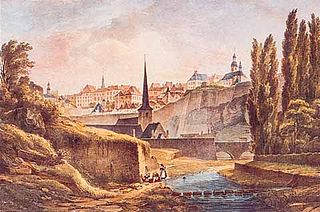
Jean-Baptiste Fresez (1800–1867) was Luxembourg's most important 19th-century painter. He is remembered above all for his almost photographic images of the City of Luxembourg.

Princess Stéphanie, Hereditary Grand Duchess of Luxembourg, is the wife of Hereditary Grand Duke Guillaume, the heir apparent to the throne of Luxembourg. She became engaged to the Hereditary Grand Duke on 26 April 2012 and married him, in a civil ceremony, on 19 October 2012, followed by a religious service the next day. The couple have two sons, Prince Charles and Prince François.
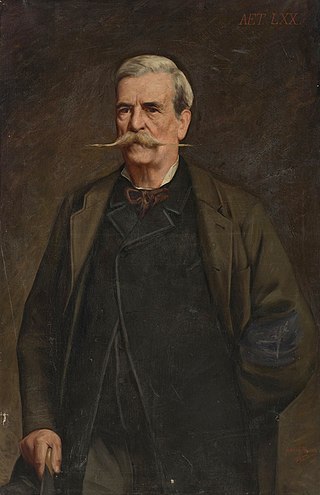
François Joseph Albert Léon de la Fontaine,, was a Luxembourgish lawyer, politician and botanist.
Emile Haag is a Luxembourgish historian, trade unionist and former principal of the Athénée de Luxembourg. Since 1987 he has been the national president of the confederation of government employees, a Luxembourgish trade union. In 1997, he was made commander of the Ordre de la couronne de chêne. Between 2005 and 2015 he was also President of the chamber for government employees. On 29. Juni 2015 he was made honorary president of that chamber.
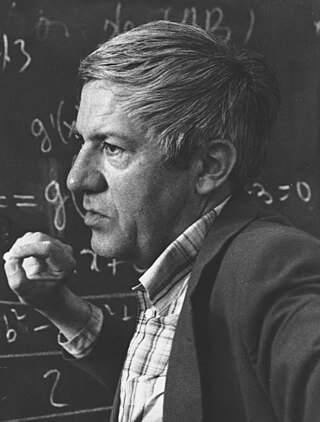
Jean-Paul Pier was a Luxembourgish mathematician, specializing in harmonic analysis and the history of mathematics, particularly mathematical analysis in the 20th century.














